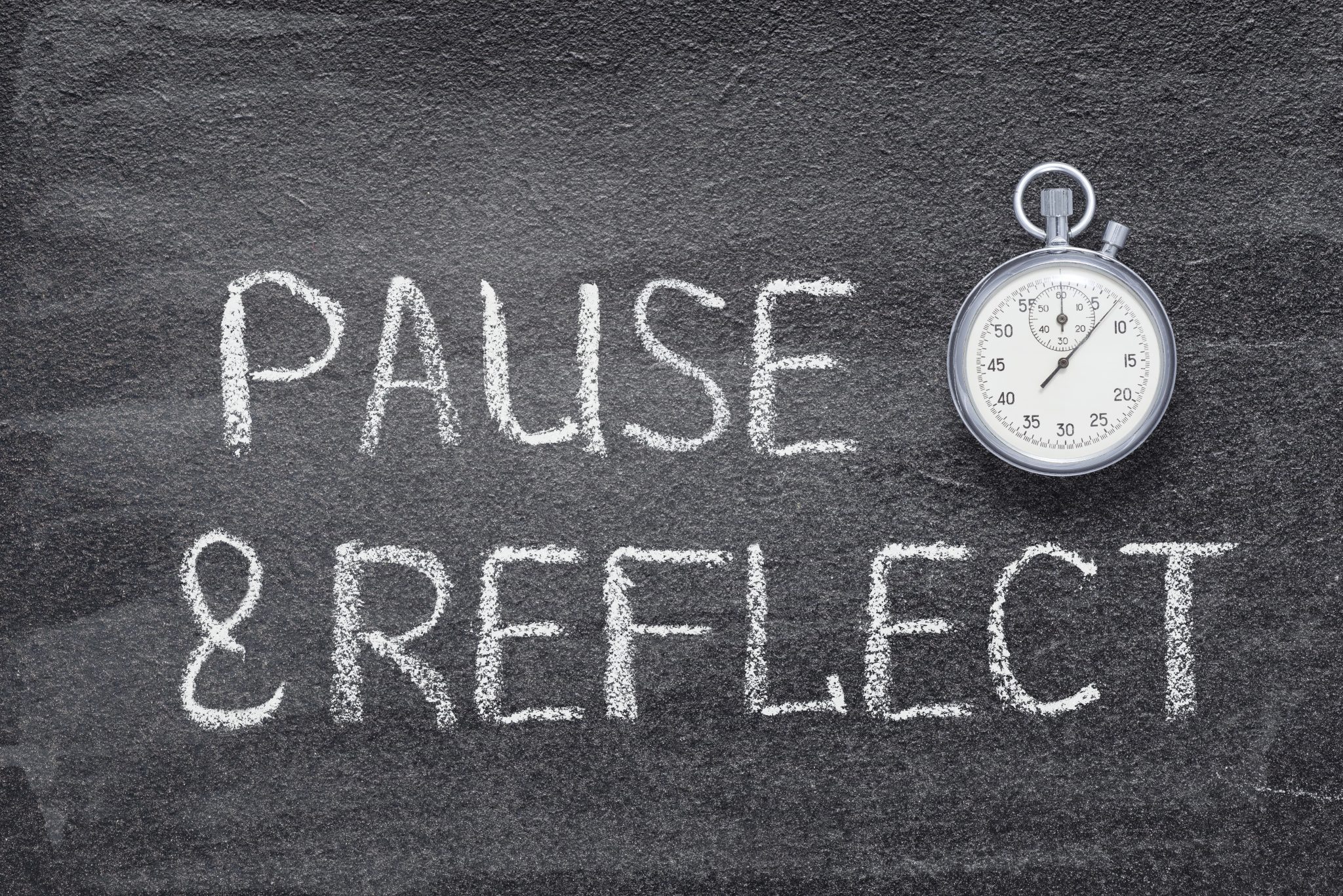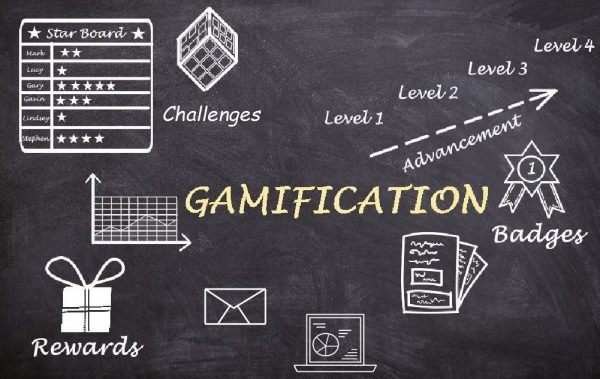What does supporting all learners look like in your lesson?
When we, as teachers, begin the lesson planning process, we sometimes do this in partnership with our course-alike partners and, in some cases, in collaboration with Special Ed teachers we might co-teach with or interdisciplinary teachers we share students with. Whether it is collaborative in nature or done independently, the focus is the same: implementing the appropriate supports so all learners can achieve at high levels.
Beyond the initial planning component comes the implementation and monitoring components of the lesson itself, adjusting as necessary and inserting supports as needed. In this course, you have been asked, as TPE 3.1 describes, to “plan for effective subject matter instruction” and, as TPE 4.4 says, “Plan, design, implement, and monitor instruction…” through your assignments and Learning Map. These assignments are designed to prepare you to plan better and implement lessons you will do regularly. This discussion is an opportunity to ensure you are mastering the expectations of these TPEs in your Signature Assignment (i.e., Learning Map).
Instruction
As we finished our Signature Assignment, the one—or two-day lesson, we were asked to reflect on these TPEs and evaluate how we would address each component in our lesson. We were asked to explain how we are addressing each listed component.
- Multiple means of engagement
- Multiple means of representation
- Multiple means of expression
- Appropriate use of instructional technology, including assistive technology
- Applying principles of UDL and MTSS
- Use of developmentally, linguistically, and culturally appropriate learning activities, instructional materials, and resources for all students, including the full range of English learners
- Appropriate modifications for students with disabilities in the general education classroom
- Opportunities for students to support each other in learning
- Use of community resources and services as applicable
In my lesson plan on “Solving Algebraic Word Problems” for 10th-grade algebra students, I have incorporated various strategies to support all learners, aligning with the Teaching Performance Expectations (TPEs) 3.1 and 4.4. Here’s how I address each component:
Multiple Means of Engagement: The lesson plan includes a variety of activities to engage students, such as group work, individual practice, and interactive sessions. This diversity in instruction caters to different learning styles and keeps students actively involved in their learning process.
Multiple Means of Representation: I use a combination of visual aids (whiteboard and projector/smartboard), verbal explanations, and written handouts to present information. This ensures that students can access the content in multiple ways, accommodating different learning preferences.
Multiple Means of Expression: Students have opportunities to express their understanding through group discussions, solving problems on the board, and completing individual practice problems. This allows them to demonstrate their knowledge in various forms, catering to diverse expressive abilities.
Appropriate Use of Instructional Technology, Including Assistive Technology: The use of a projector or smartboard enables the incorporation of digital resources and visual aids, enhancing the learning experience. For students requiring assistive technology, accommodations can be made to ensure they have access to the necessary tools.
Applying Principles of UDL and MTSS: The lesson plan is designed with Universal Design for Learning (UDL) principles in mind, providing multiple means of engagement, representation, and expression. The tiered approach of Multi-Tiered System of Supports (MTSS) is reflected in the differentiation of activities and the provision of additional support for students who need it.
Use of Developmentally, Linguistically, and Culturally Appropriate Learning Activities, Instructional Materials, and Resources for All Students, Including the Full Range of English Learners: The word problems and examples used in the lesson are chosen to be relevant and accessible to all students, taking into account their developmental stages, linguistic backgrounds, and cultural contexts.
Appropriate Modifications for Students with Disabilities in the General Education Classroom: Accommodations such as extended time, simplified instructions, or the use of manipulatives can be provided to students with disabilities to ensure they can fully participate in the lesson.
Opportunities for Students to Support Each Other in Learning: The group activity portion of the lesson encourages collaboration and peer support, allowing students to learn from each other and offer assistance when needed.
Use of Community Resources and Services as Applicable: While not explicitly addressed in my lesson, connections to community resources and services can be made, such as inviting a guest speaker from a local university or business to discuss the real-world applications of algebra.
By addressing these components in my lesson plan, I hope to create an inclusive and supportive learning environment that meets the needs of all students, in line with the expectations set forth by TPEs 3.1 and 4.4.



